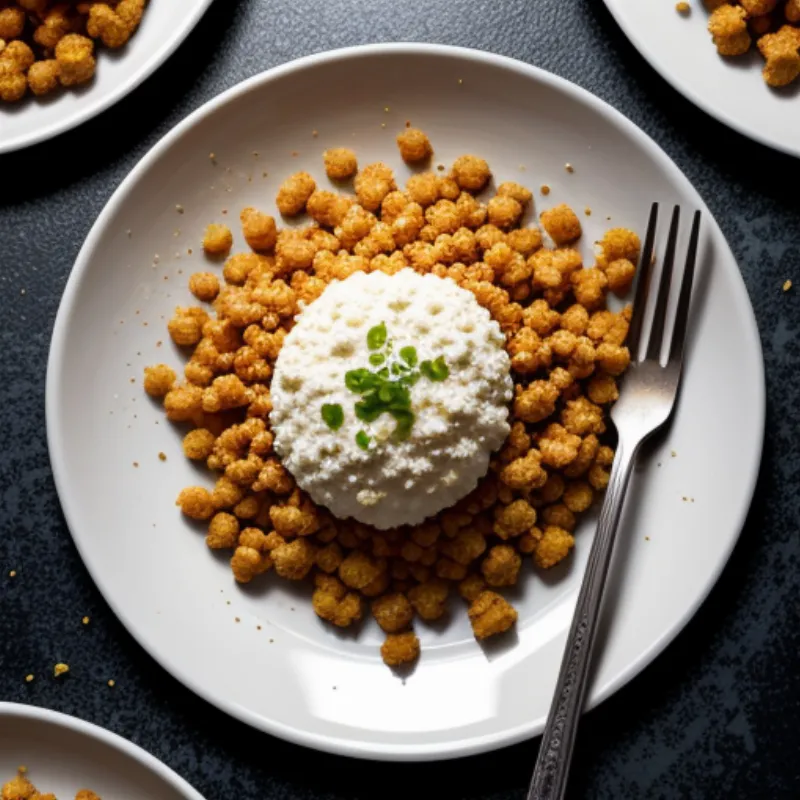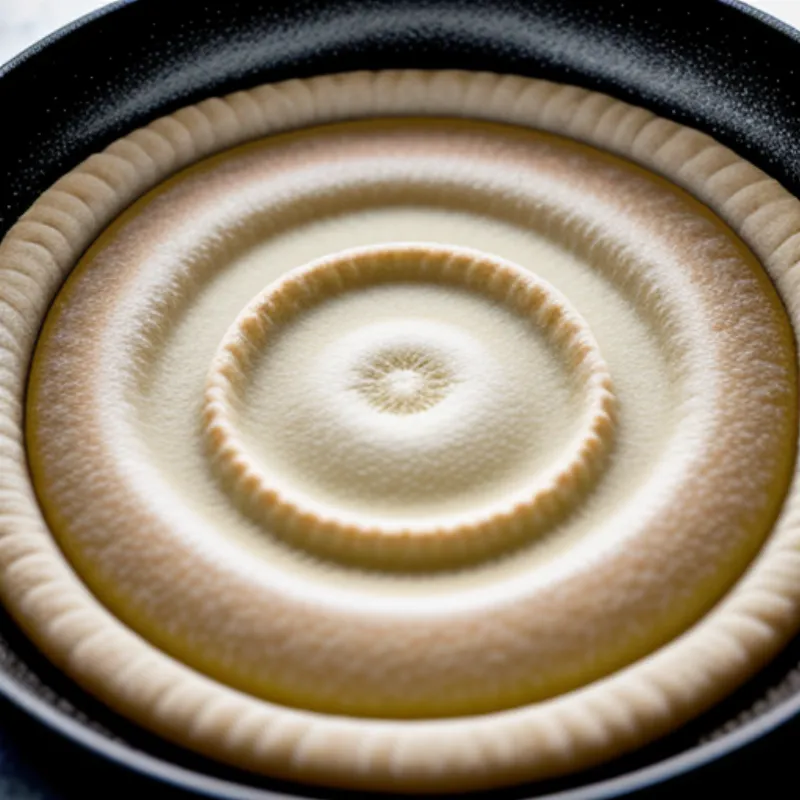Mekitsa, have you heard of it? If not, prepare to be amazed! This Bulgarian breakfast treat is a fried dough delight, crispy on the outside, fluffy on the inside, and utterly irresistible. Imagine biting into a warm, golden cloud of dough, drizzled with honey and sprinkled with tangy feta cheese. That’s mekitsa, and once you try it, you’ll be hooked!
A Bulgarian Tradition Made Easy
Making mekitsa might seem intimidating, but I promise it’s surprisingly simple. Even if you’re a beginner in the kitchen, this recipe will guide you through each step. We’ll walk through the process together, sharing tips and tricks along the way to ensure your mekitsa turns out perfect every time.
Gather Your Ingredients
For this recipe, you’ll need just a handful of pantry staples:
- 4 cups all-purpose flour (you can also use bread flour for a chewier texture)
- 1 packet (2 1/4 teaspoons) active dry yeast
- 1 teaspoon sugar
- 1 teaspoon salt
- 1 1/2 cups warm water
- 1/2 cup plain yogurt (Greek yogurt works well too)
- Oil for frying (sunflower or vegetable oil are ideal)
Tools of the Trade
- Large mixing bowl
- Plastic wrap
- Rolling pin
- Sharp knife or pizza cutter
- Large skillet or deep fryer
- Slotted spoon or spider strainer
- Paper towels for draining
Let’s Get Cooking!
Step 1: Waking Up the Yeast
In your mixing bowl, combine the warm water, sugar, and yeast. Give it a gentle stir and let it sit for about 5-10 minutes. You’ll know your yeast is active when you see a foamy layer on top. This step is crucial for fluffy, airy mekitsa.
Step 2: Creating the Dough
Add the flour, salt, and yogurt to the yeast mixture. Using your hands or a stand mixer with a dough hook attachment, knead the dough for about 5-7 minutes until it becomes smooth and elastic. If the dough feels sticky, add a bit more flour, a tablespoon at a time.
Step 3: Rise and Shine
Shape the dough into a ball, place it back in the mixing bowl, and cover it with plastic wrap. Let the dough rise in a warm place for about an hour, or until it doubles in size. This resting period allows the yeast to work its magic, developing those beautiful air pockets that make mekitsa so irresistible.
Step 4: Shaping and Frying
Once the dough has risen, punch it down gently to release the air. Divide the dough into 8-10 equal pieces. On a lightly floured surface, roll each piece into a thin circle or oval, about 1/4 inch thick.
Heat about 1 inch of oil in a large skillet or deep fryer over medium heat. To test if the oil is hot enough, drop a small piece of dough into the oil. It should sizzle and float to the top immediately.
Carefully place one or two pieces of rolled-out dough into the hot oil. Fry for about 1-2 minutes per side, or until golden brown and cooked through. Remove the mekitsa from the oil using a slotted spoon and place them on a plate lined with paper towels to drain excess oil.
Step 5: Serving Up the Goodness
Mekitsa is best served immediately while it’s still warm and crispy.
Sweet Tooth Satisfaction:
- Classic Honey and Feta: Drizzle generously with honey and sprinkle with crumbled feta cheese.
- Fruity Delight: Top with fresh berries, a dollop of yogurt, and a sprinkle of powdered sugar.
- Chocolate Indulgence: Spread with Nutella or melted chocolate and top with chopped nuts or a dusting of cocoa powder.
Savory Sensations:
- Bulgarian Style: Serve alongside a bowl of yogurt or sour cream, for dipping or spreading.
- Cheesy Goodness: Sprinkle with grated cheddar cheese and a pinch of paprika.
- Egg-cellent Addition: Top with a fried egg and a sprinkle of salt and pepper for a hearty breakfast.
 Golden Brown Mekitsa
Golden Brown Mekitsa
Mekitsa FAQs
Q: Can I make the dough ahead of time?
A: Absolutely! You can make the dough the night before and let it rise in the refrigerator overnight. Just let it come to room temperature before shaping and frying.
Q: What can I use instead of yogurt?
A: If you don’t have yogurt on hand, you can substitute it with an equal amount of buttermilk or milk with a teaspoon of lemon juice added to it.
Q: My mekitsa turned out a bit greasy. What happened?
A: This could be due to the oil temperature not being hot enough. Make sure the oil is heated to the right temperature before frying, and don’t overcrowd the pan.
 Mekitsa Frying in Oil
Mekitsa Frying in Oil
A Taste of Bulgarian Tradition
Making mekitsa is like embarking on a culinary adventure to Bulgaria. It’s a dish that’s not only delicious but also steeped in tradition. Every bite tells a story of generations past, of families gathering around the table, sharing laughter, and creating memories.
So go ahead, try your hand at making mekitsa. And when you do, be sure to share your experience with us! Tag your photos on social media, leave a comment below, and let’s spread the joy of mekitsa far and wide!
